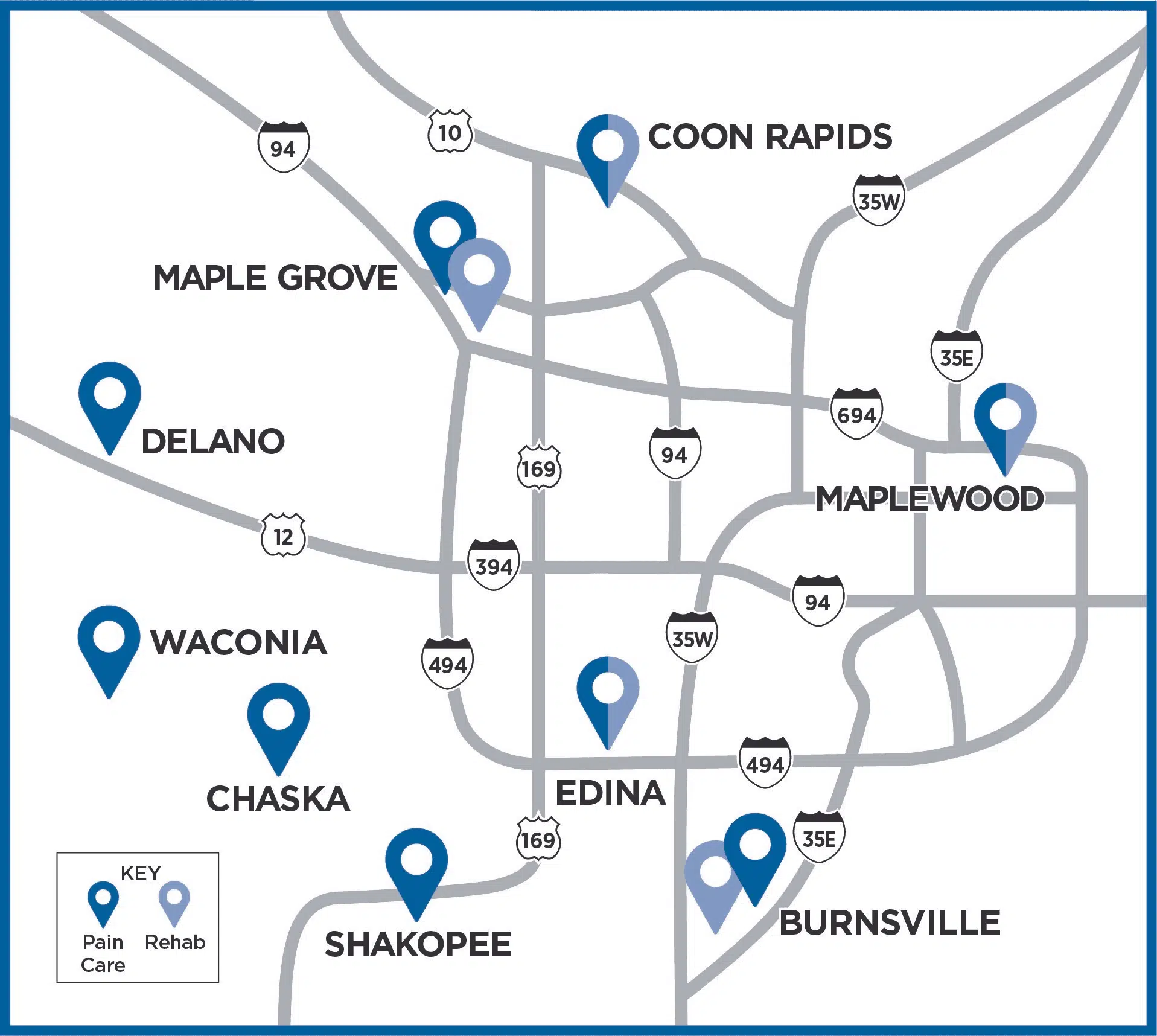Medial Branch Blocks
Medial Branch Blocks are another technique that fall under facet joint injections. Medial branch nerves feed out of the spinal nerves’ dorsal rami and typically possess only sensory properties (except for some small branches in the neck that control small muscles). Medial branch nerves richly supply the facet joints. All joint segments below C2-C3 receive medial branch innervation from two levels—the same level as the joint and from a level above the joint.
What is a Medial Branch Block?
This minimally invasive procedure is performed by our specialist using a steroid and anti-inflammatory mixture injected into all the medial branch nerves innervating a joint at the same time and is performed under fluoroscopy (X-ray) guidance.
What to expect during a Medial Branch Block procedure
Your pain specialist will have you lay on your stomach while they numb the surrounding skin with a local anesthetic. With fluoroscopic guidance, a very small needle is guided to the medial branch nerves and a small amount of contrast dye is injected to confirm the medicine covers the medial branch nerves. Following this confirmation, a small amount of numbing medicine (anesthetic) will then be slowly injected onto each targeted nerve.
What to expect after a Medial Branch Block procedure
The injection itself only takes a few minutes, but the entire procedure usually takes between fifteen and thirty minutes. After the procedure, the patient typically remains resting in the recovery area for 20 to 30 minutes. The physician will then ask the patient to perform some movements or activities that would usually provoke the pain. This assessment is done in order to determine if the medial branch nerve block has reduced the patient’s pain.
The medial branch nerve block is designed to interrupt the pain signal being carried by the medial branch nerves supplying a specific facet joint. Because of this, patients may feel complete or partial pain relief during the first 4 to 6 hours after an injection. They may also feel no pain relief during this time (anesthetic phase).
Depending on the amount of pain relief the patient has during the first 4 to 6 hours after the injection, the patient may be a candidate for a radiofrequency ablation (RFA) procedure to try and provide longer term pain relief.
Generally, a patient must report at least 80% improvement in their pain during the first 4 to 6 hours after the injection to be considered a candidate for radiofrequency ablation.
Explore the Twin Cities Metro Clinics where we evaluate patients for Medial Branch Blocks
*iSpine Clinics where Medial Branch Block procedures are conducted

Dark blue pins represent iSpine Pain Clinic locations
Explore other Nerve Block procedures offered at iSpine Clinics:
- Occipital
- Sympathetic
- Stellate Ganglion
- Lumbar / Sciatic
- Hypogastric
- Splanchnic
- Ilionguinal
- Lateral Epicondylitis (Tennis Elbow)
- Trigeminal
- Intercostal

